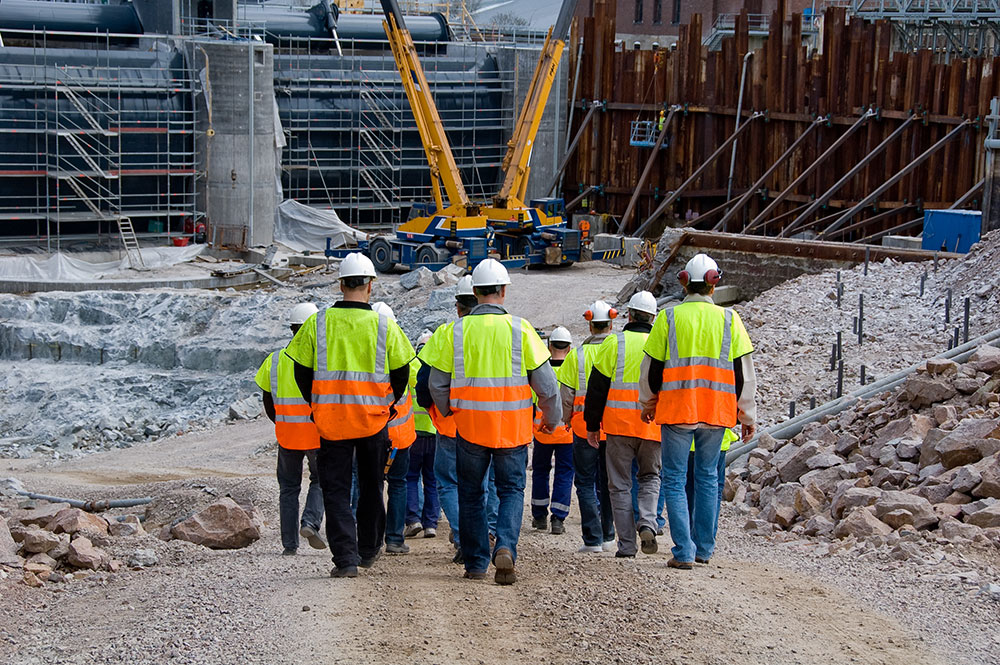While construction projects involve the rewarding task of turning a vision into a reality, there are plenty of risks involved in working at a construction site. Between the various types of tools, materials, and different gases in the air, there are a lot of hazards present at most work sites that can cause injuries. That being said, the site of your construction project needs to be thoroughly prepared if you are going to prevent injuries on the job.
Conduct a Safety Analysis for Each New Work Site
Each construction project is unique in some way, so it only makes sense that each work site will come with its own set of hazards. Before you begin your construction project, make sure you know each type of tool and piece of machinery that will be present on location. You should also be familiar with any potential hazards related specifically the site you will be working on. Know the factors you will be dealing with at your work site, and be sure you are familiar with regulations and requirements laid out by the Occupational Safety and Health Administration (OSHA).
Create a Written Safety Plan
Once you have taken note of potential hazards at your new work site and have compared these potential risks to the requirements laid out by the OSHA, you are ready to make a solid plan to ensure the safety of your workers. Relying on verbal instructions won’t be enough to make sure everyone knows the safety protocols. You will need to author clear instructions regarding safe use of each piece of equipment that will be used on site, present hazards unique to the bare lot, and safety procedures to be used during each step of the construction process.
Common Safety Hazards When Working with Concrete
Many of the hazards that come with pouring concrete actually have to do with toxicants in the air. One of these potential hazards is crystalline silica, a contaminant that is produced by sawing, sandblasting, cutting, or drilling into concrete, brick, mortar, and other similar materials. Whenever concrete needs to be cut or drilled, it is possible for crystalline silica to be dispersed into the air and to get into people’s lungs. This is hazardous and detrimental to workers because breathing in crystalline silica has been linked to several diseases, including lung cancer, kidney disease, and chronic obstructive pulmonary disease.
Carbon monoxide is another toxicant that can get in the air. The risk of carbon monoxide poisoning is highest when pouring concrete into areas with little ventilation, such as tight rooms. Exposure to a heat source when placing concrete may cause a carbonated surface, which is not acceptable. To avoid health problems and negative effects of air toxicants, workers should be equipped with respirators, and the work site should be fitted with the proper ventilation. Each worker should also have goggles, gloves hard hats, and other personal protective gear to help prevent injuries.
Knight’s companies offers quality concrete services to South Carolina and the surrounding areas. Contact Knight’s today to assist with your next construction project.

